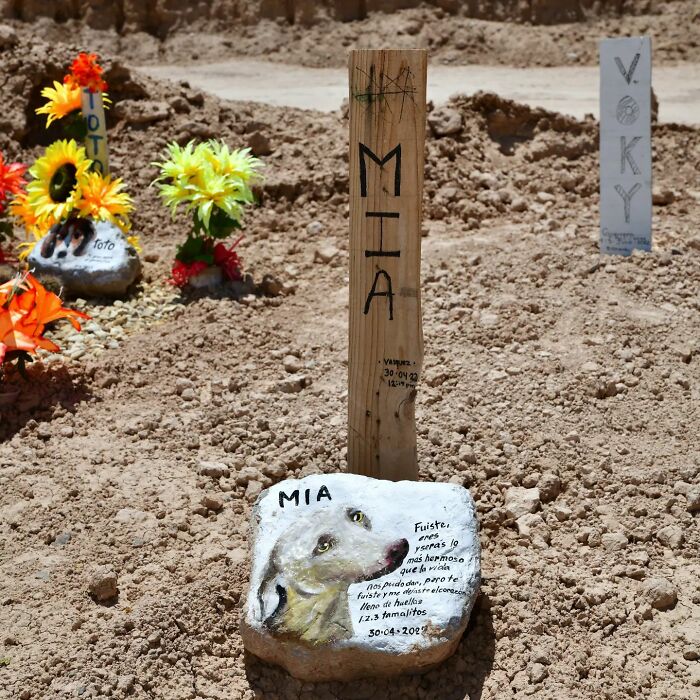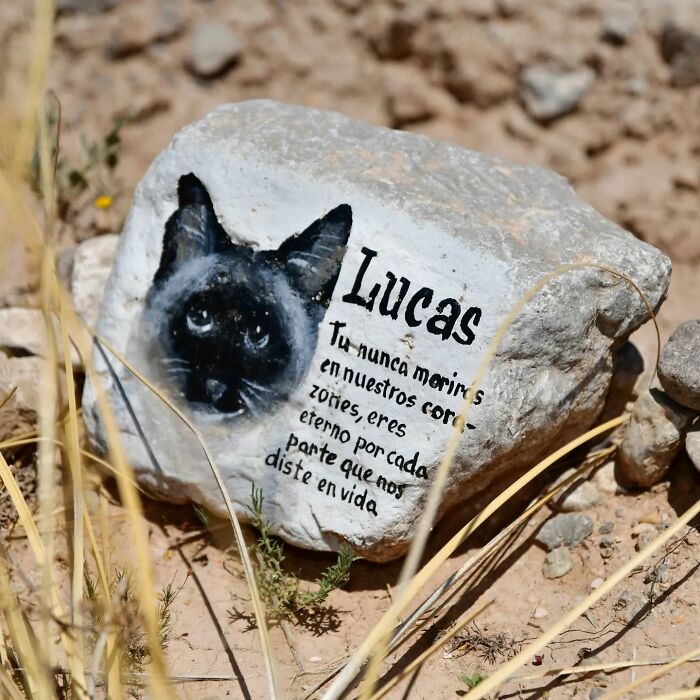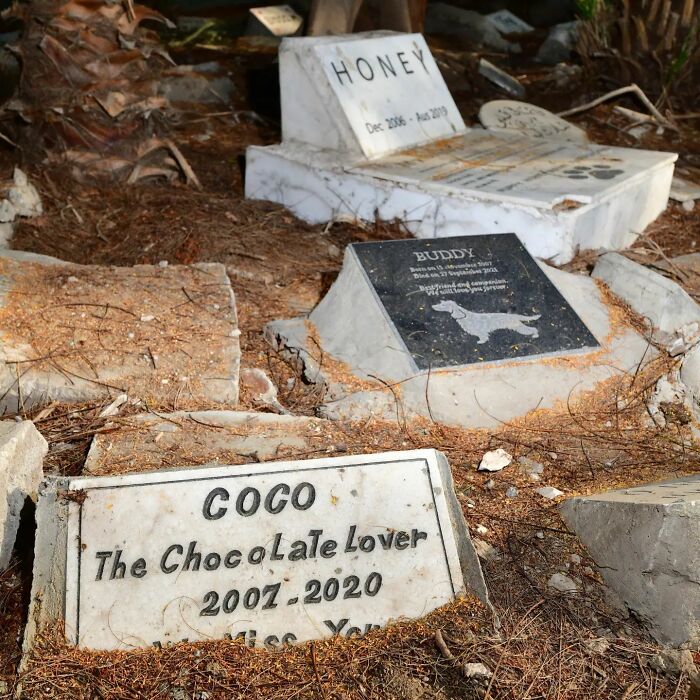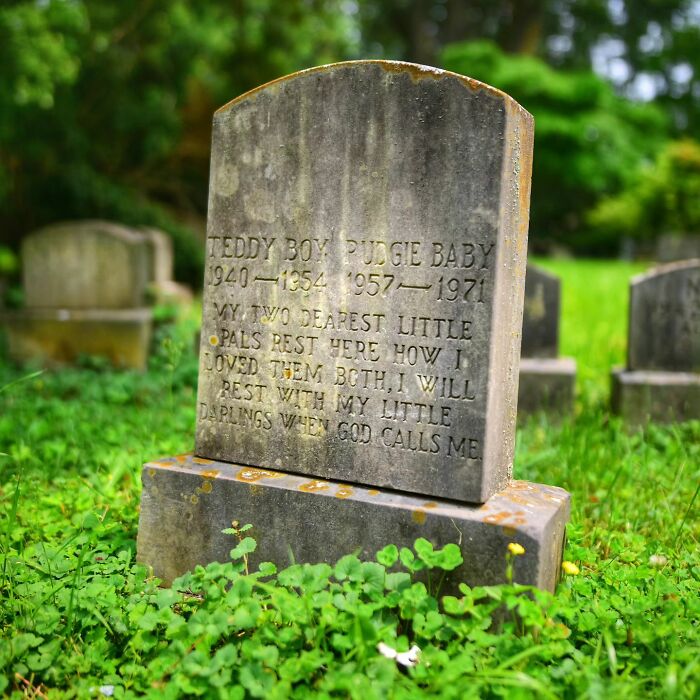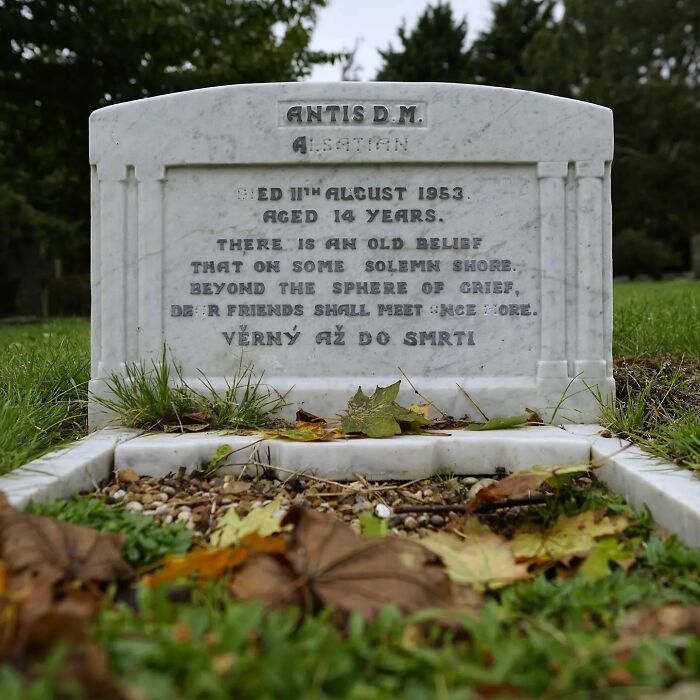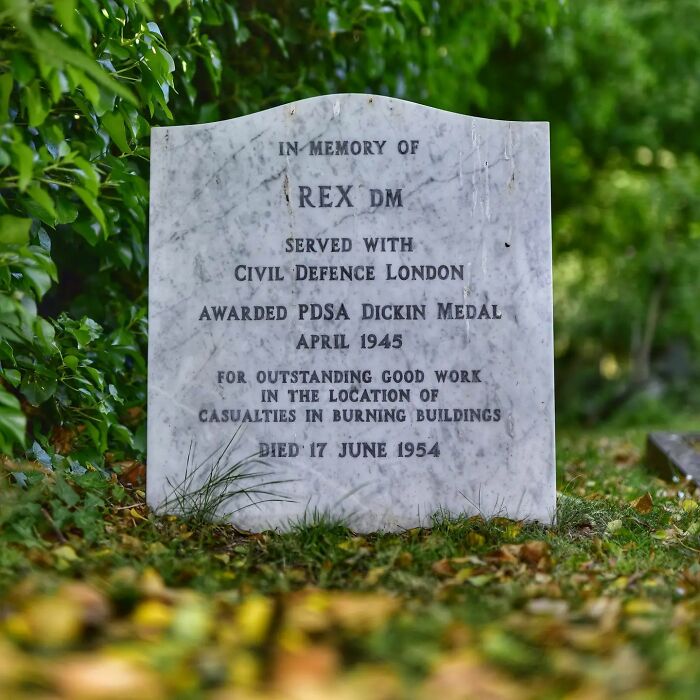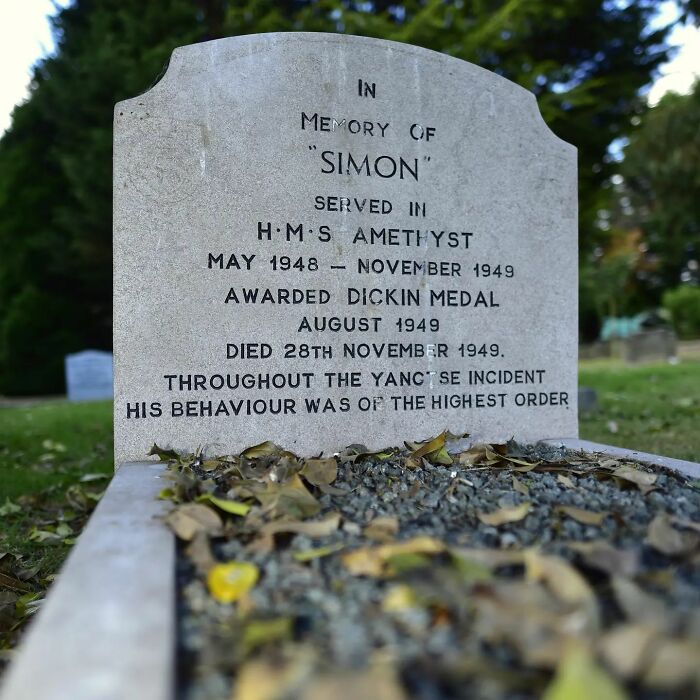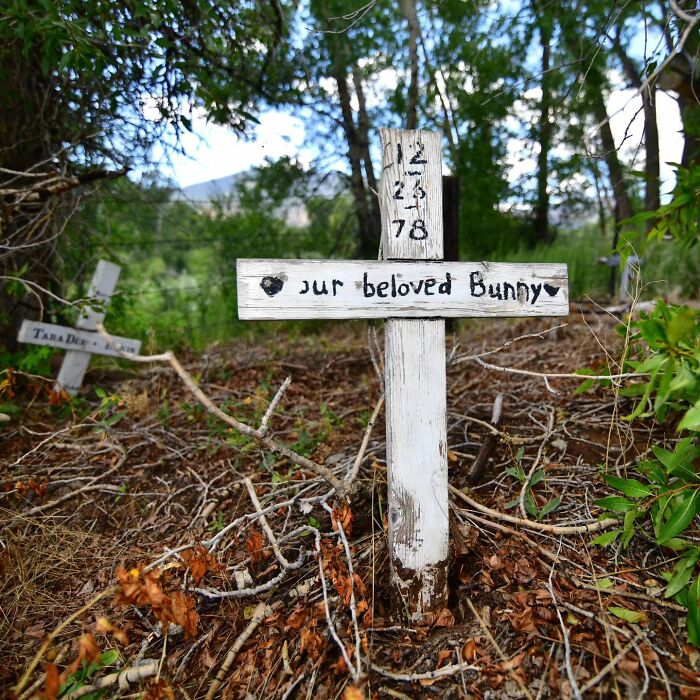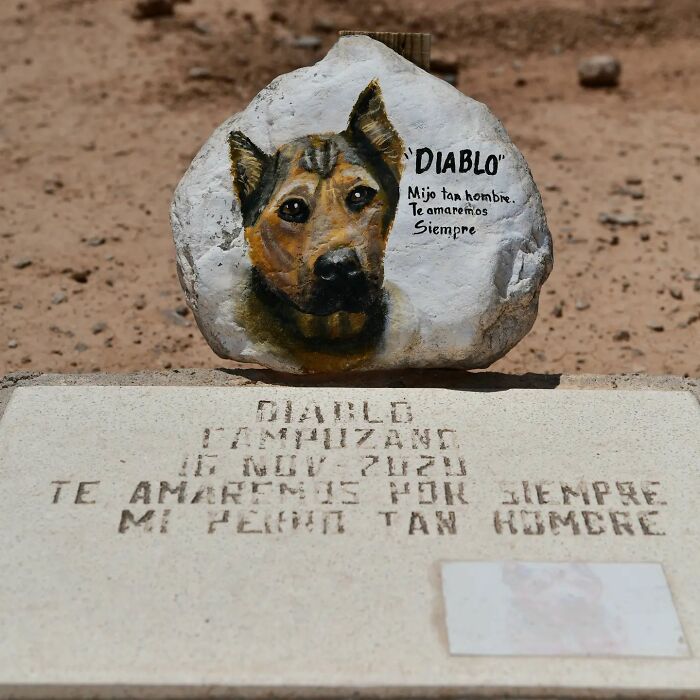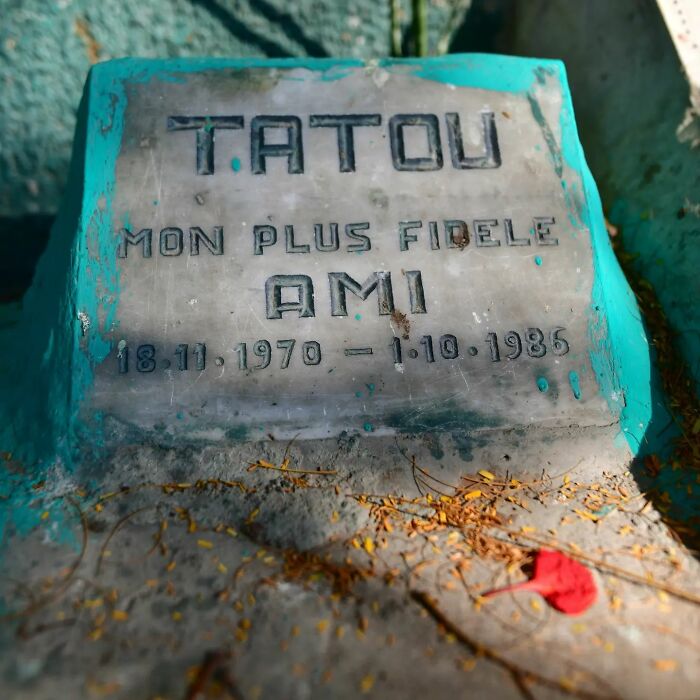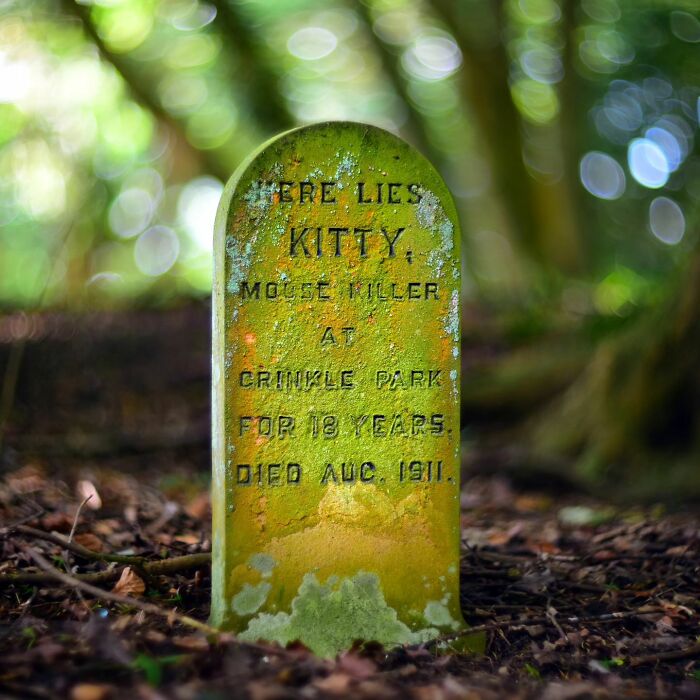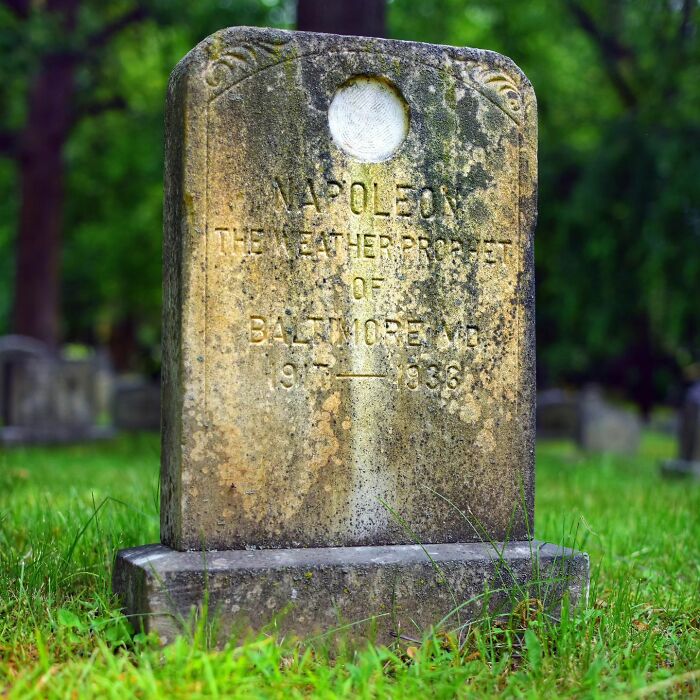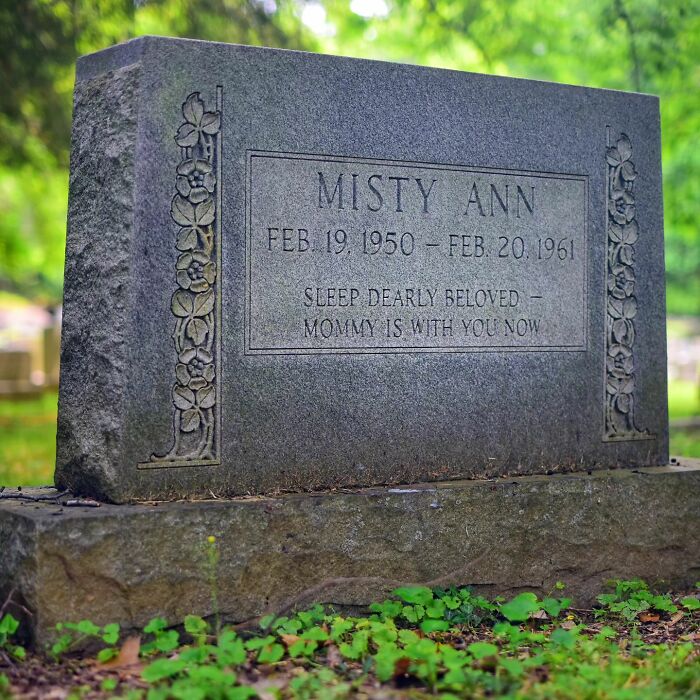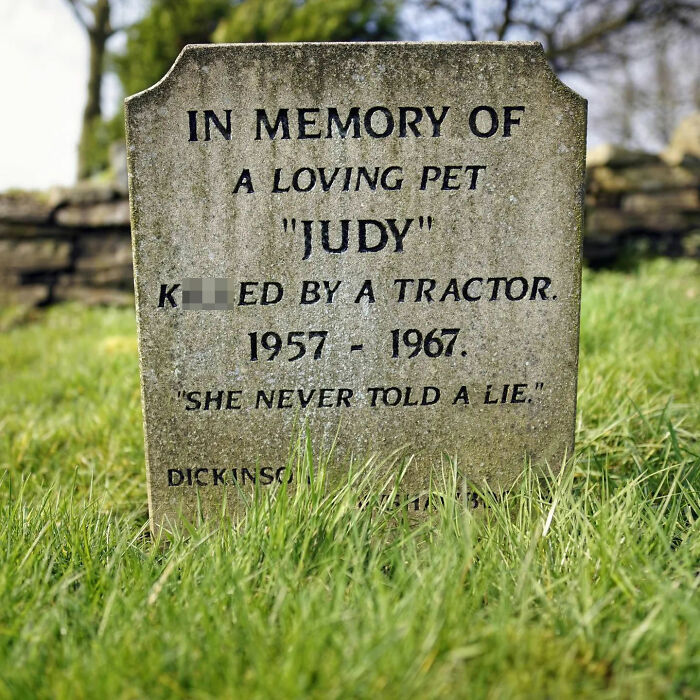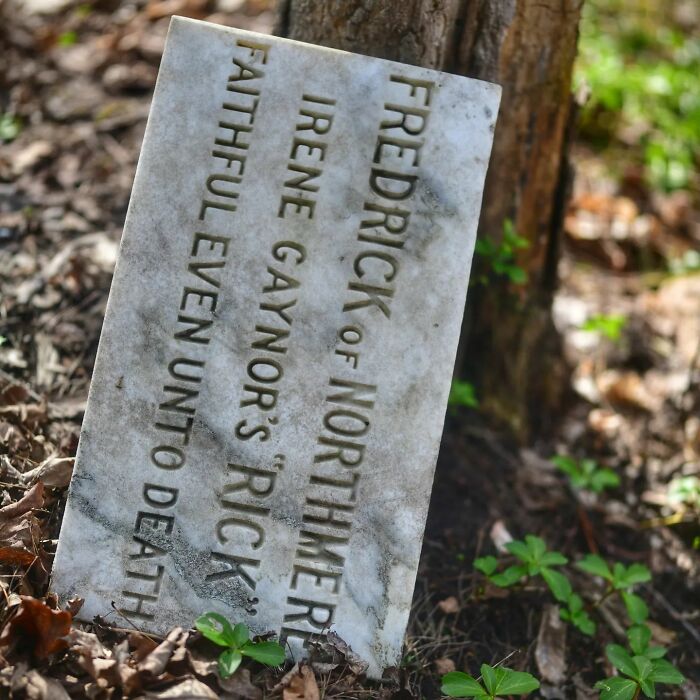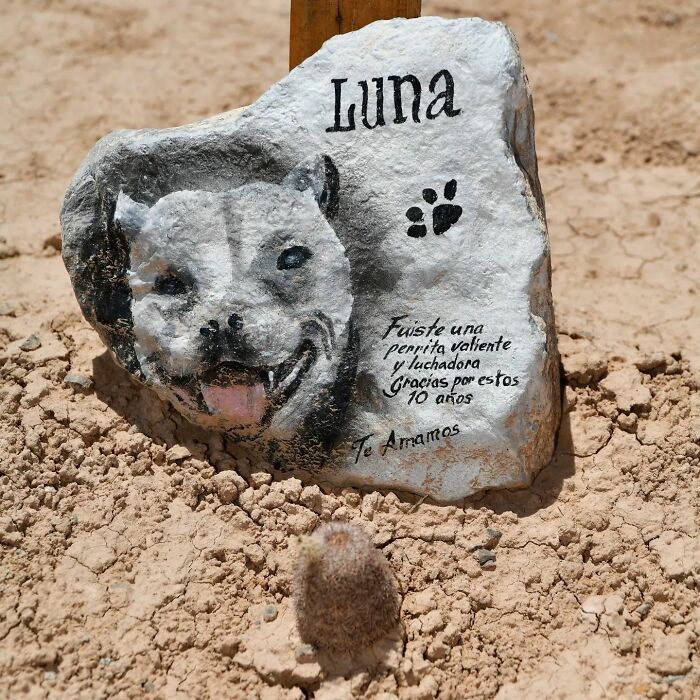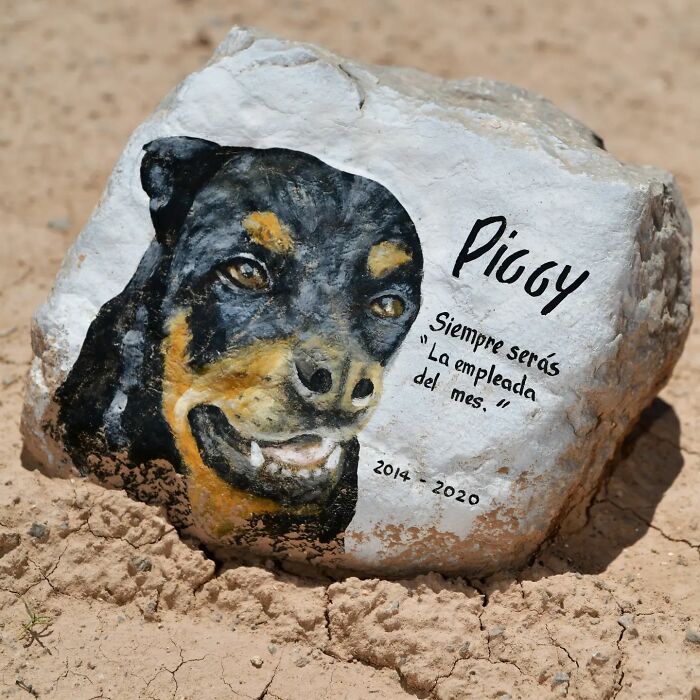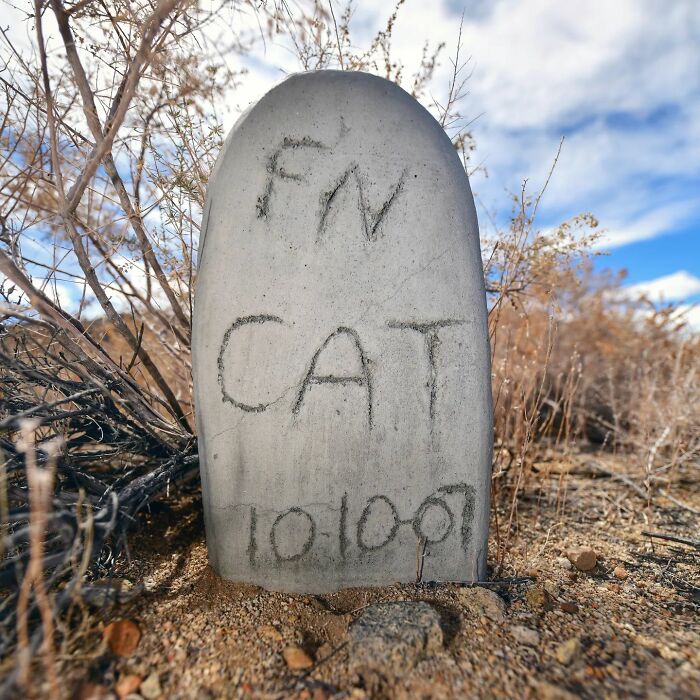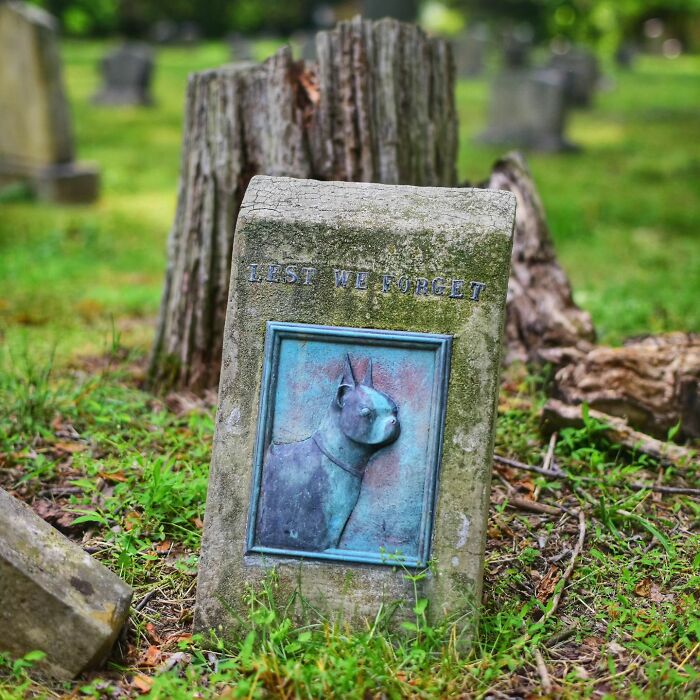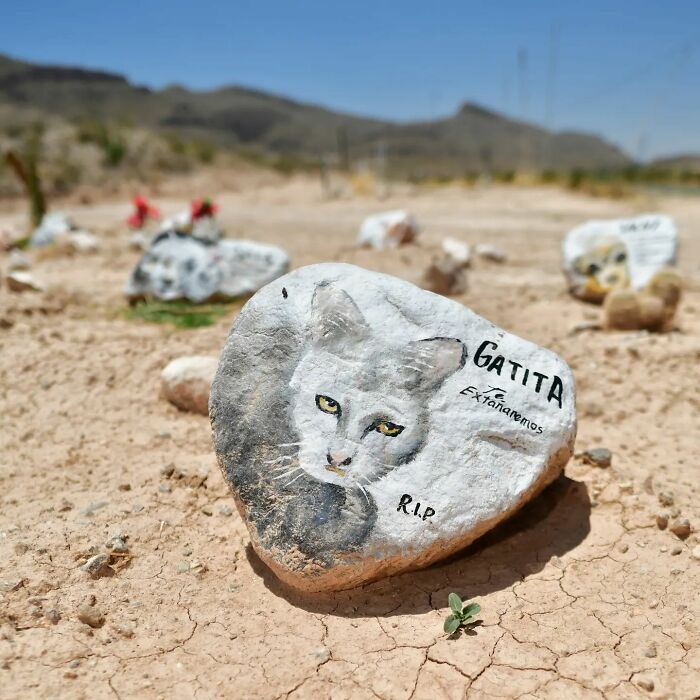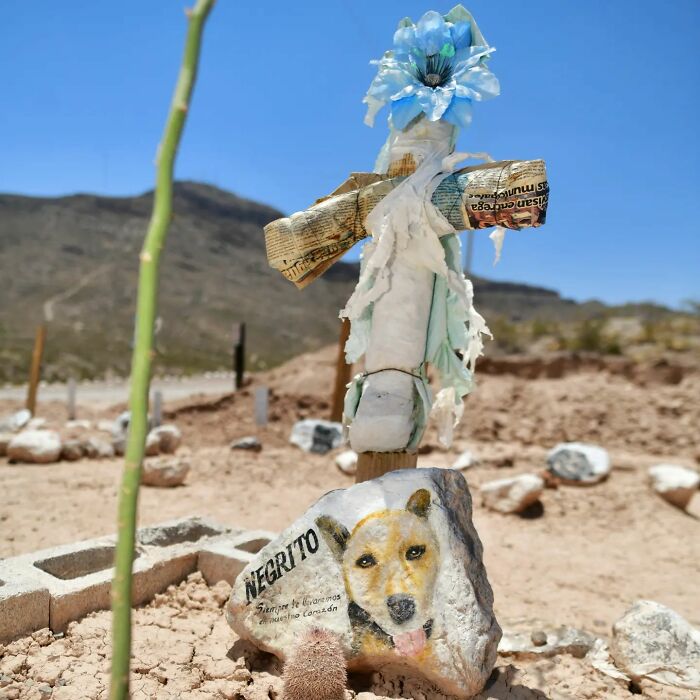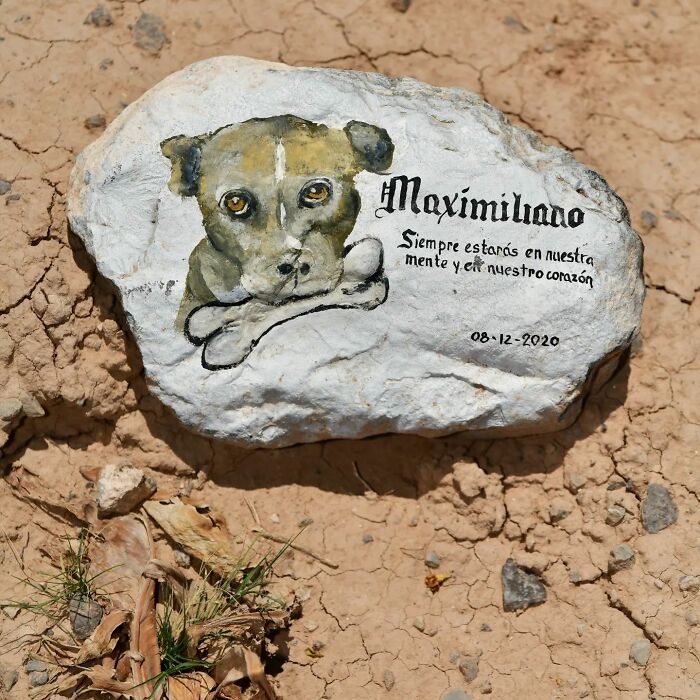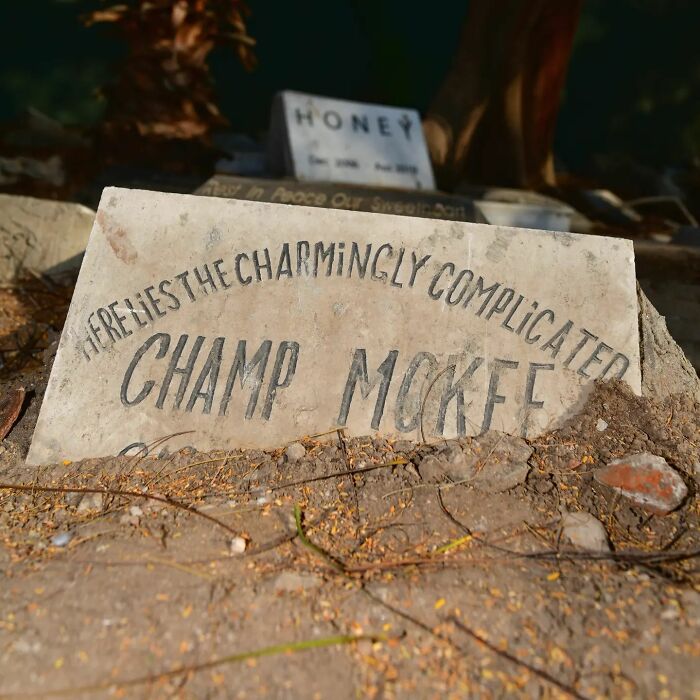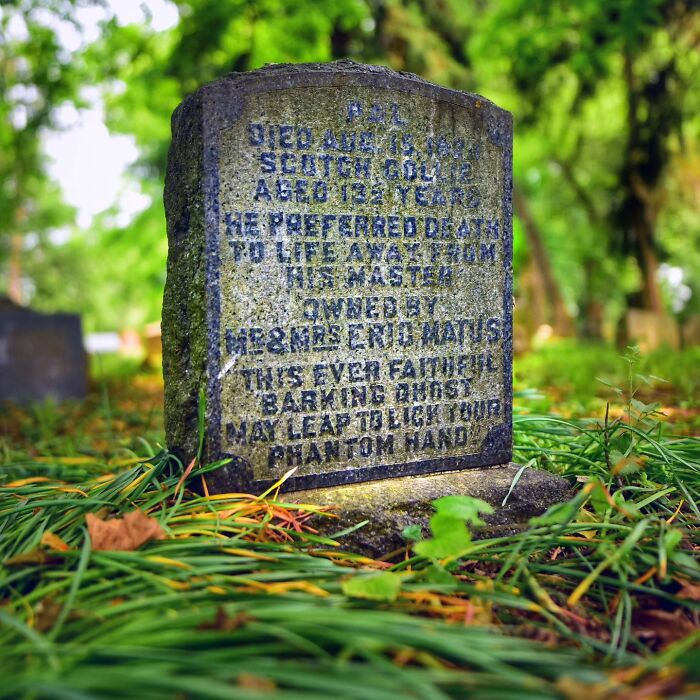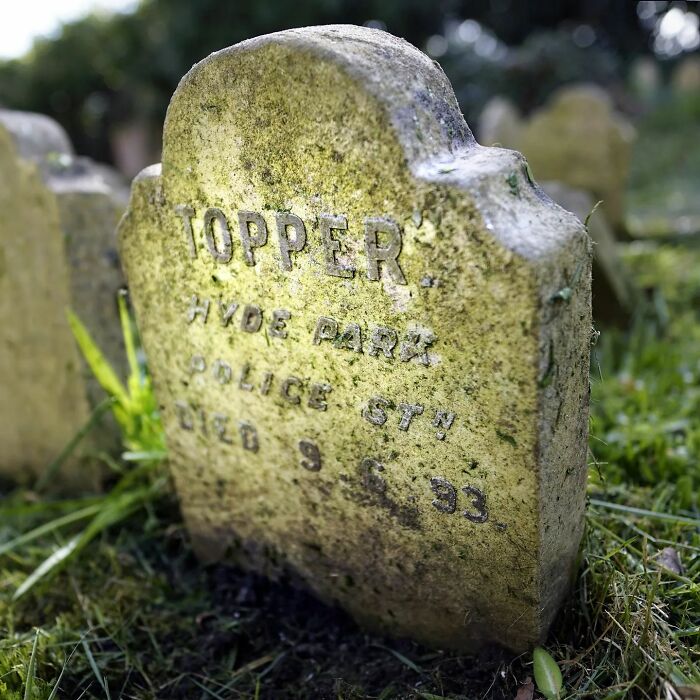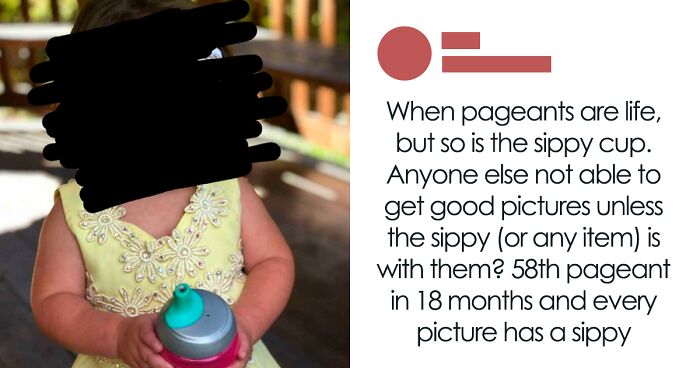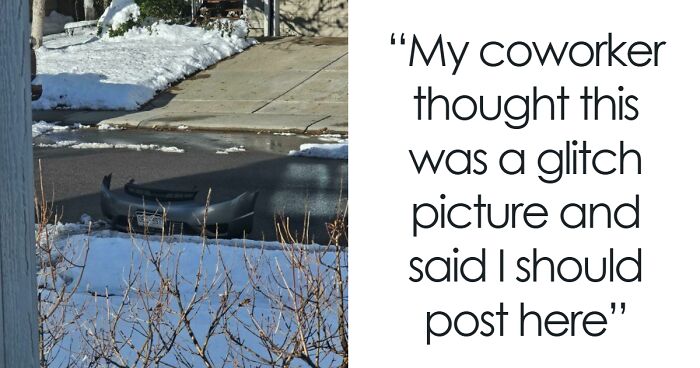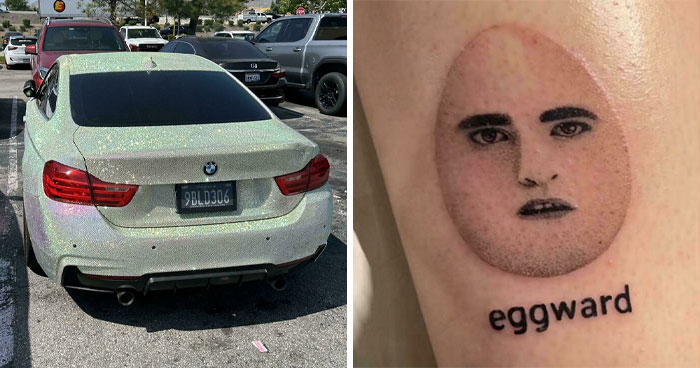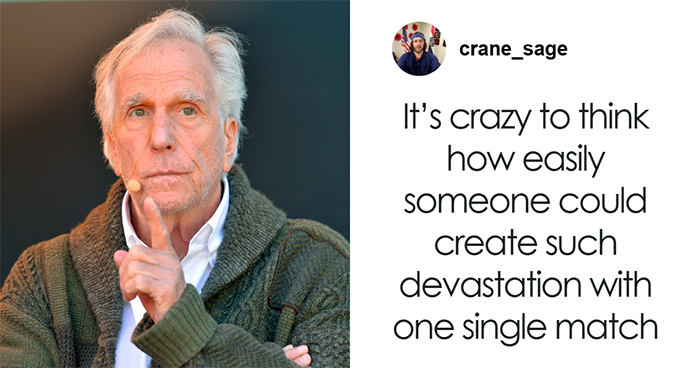
9Kviews
‘Faithful Unto Death’: 40 Touching Images By Paul Koudounaris Capturing Pet Cemeteries
InterviewToday, we’d like to share a collection of images by American author Paul Koudounaris. The photographs he captured are deeply meaningful, showcasing pet graves he has visited in various locations around the world.
These images are also featured in Koudounaris’s recently released book, ‘Faithful Unto Death.’ As noted by the publisher: “This book reveals both similarities in the way we mourn animal companions and a stunning cultural diversity. From humble Cherry in London to pets of the rich and powerful, this is a history filled with inspiration, wild eccentricity, and eternal love.”
More info: Instagram | thamesandhudsonusa.com | Facebook
This post may include affiliate links.
We reached out to Paul Koudounaris and asked him to share the inspiration behind exploring the historical evolution of pet memorialization and cemeteries for his book. The writer responded: “I've previously written three books about death and one about cats, so this is pretty much right at the intersection of my main interests. There's something about pet cemeteries that particularly moves me. There's no standard way of saying goodbye to a pet.”
The book’s author reflected on how the experience of losing a pet differs significantly from saying a final goodbye to a human: “When a person dies there are a series of understood gestures, ritualized behaviors, and a standard rhetoric to govern the way we say goodbye and start to seek closure, but that doesn't exist with pets. Everyone is pretty much on their own, which can make the grief extremely painful, but it also makes the expression of mourning very personal, direct, honest, and earnest. It creates a feeling of intimacy with animal graves. All of that has a lot to do with why I was drawn to research and write about them.”
We were curious about how Koudounaris uncovered the personal stories of those who have memorialized their pets and what moved him the most in the process. The writer told us: “All the stories moved me, Honestly. It's part of the reason this book was so difficult to work on, every day with every story I was placing myself in the middle of someone's grief.”
“Of course, some moved me more than others. The story of Nightlife, a dog in New Jersey who ran around with the hip nightclub crowd, and when he died the city effectively shut down for his funeral procession, people really loved this dog, it was a communal mourning. Or Shep, a dog who spent the latter part of his life waiting for his dead owner in a Montana train station. No one even knew the man's name, it was the dog who remembered someone the rest of humanity had forgotten. But how did I uncover some of these stories? No short cuts, just time and a lot of work. I worked on this for over a decade.”
Rip's story (and a photo of him!) is here: https://www.pdsa.org.uk/get-involved/dm75/the-diligent/rip
I approve this message and wish it to be put on a tombstone in EVERY pet cemetery all over the USA.
The writer addressed our question about why a cultural taboo surrounding pet mourning persists, even in light of the deep emotional bonds people form with their pets: “That's such a great and complex question. The simple answer is speciesism, this belief that humans are and must be number one, the pinnacle of creation, and everything is lesser. Blaming it on speciesism isn't wrong, but there's more to it. Why do we insist on thinking that way? We share the world with these creatures equally, yet why do we see it all as ours and deny them so much? For sure some of it in Western culture has to do with our spiritual history. The idea we are created in God's image, therefore we are justifiably number one and it would be wrong to mourn them the way we would a human. In truth that's bad theology, it oversimplifies a lot. In the original wording of Genesis, the same life force is breathed into both humans and animals, we changed the wording later so people got a soul, animals just got the breath of life, but that's not the original idea. As I said, complicated. There's something about the nature of humanity, we demand to be considered better than them.”
It's unfortunate that they are still being used in 2024 for this reason.
Next, we were interested in Paul’s perspective on the role of pet cemeteries and memorials in helping people process their grief. We learned that: “That's also a great question, the issue of whether the graves themselves or the memorials help the grieving process. I think they do. I spent a year as a volunteer grief counselor for people whose animals had passed, and I always advised people to try to come up with some kind of ritual or ceremony to help start the healing process. I had previously visited Buddhist temples that hold funerary rituals for pets. I also got to sit in on a Hindu funeral for a dog, it was very moving. I think having some kind of ritual or ceremony helps us feel like we're actively and effectively paying respects. But the graves and memorials can help in that way too. A memorial can become something like a relic, and a focus for our devotion. The grave can serve as morning site and again help us focus our grief.”
Lastly, we asked Paul Koudounaris what he hopes his readers take away from 'Faithful Unto Death' regarding the importance of honoring the lives and deaths of animal companions. He kindly responded: “There's a subtext to the book. On the surface it appears as a history book. A history book in theory is supposed to be neutral. Well, that's a fiction, of course, the telling of history is always part of some agenda or another. In my case it's pretty obvious to a careful reader, I connect giving animals a good death, with dignity, to the greater struggle for animal rights, to truly respect them as members of the global society. But that's not really subtext, that's not what I'm referring to by using that term. I didn't want to write a book on mourning, but I wanted to write a book that in telling its stories might help or guide people on how they want to mourn or pay respects. The subtext is that the feeling of grief on a pet's passing is universal, you're not alone in feeling that, and my hope is that by looking at all these examples and reading the stories, it might help you understand better what you're feeling, and maybe inspire an idea on how you want to pay tribute.”
Love the stone, wish the cat wasn't in a dress for the rest of its afterlife.
Bobby lived a long life, hopefully a good one. And I'm guessing it was since he has a tombstone so lovingly provided by his owner.
It's kind of a rhyming poem: "In memory of the old fish. Under the soil the old fish do lie; 20 years he lived and then did die; he was so tame, you understand, he would come and eat out of your hand. Died April the 20th, 1855, aged 20 years."
Tika was the photographer's own kitty. https://www.instagram.com/p/DAmAtp8TNc_/?img_index=1 to see some photos of her in life.
Somewhere on the Georgia Tech campus is the grave of Sideways, a dog who befriended the student body. You can read more about her here: https://www.atlasobscura.com/places/sideways-grave
No comments? Let me change that! Absolutely beautiful idea and would love this for my future pet!
20 years is impressive even for a mongrel. Our longest-living dog was a GSD-Dobe cross, who made it to 19.
Mum, dad, siblings, Fiancé/Husband/Bf/Gf: *sobs in the background*
does that person do that 4 all his/her bees? Or was that 1 her favorite?
"Your ears were always the first thing to catch my tears. Thank you for all the beautiful moments. We will always remember you with a lot of love."
Had a really hard time reading through these. Miss my darling Charley dog so much.
I made it to about the 30th entry before I started leaking and hard a hard time reading through the unexpected tears. Thank you, Hidrėlėy, for this painful but beautiful story.
Had a really hard time reading through these. Miss my darling Charley dog so much.
I made it to about the 30th entry before I started leaking and hard a hard time reading through the unexpected tears. Thank you, Hidrėlėy, for this painful but beautiful story.

 Dark Mode
Dark Mode 

 No fees, cancel anytime
No fees, cancel anytime 


























































